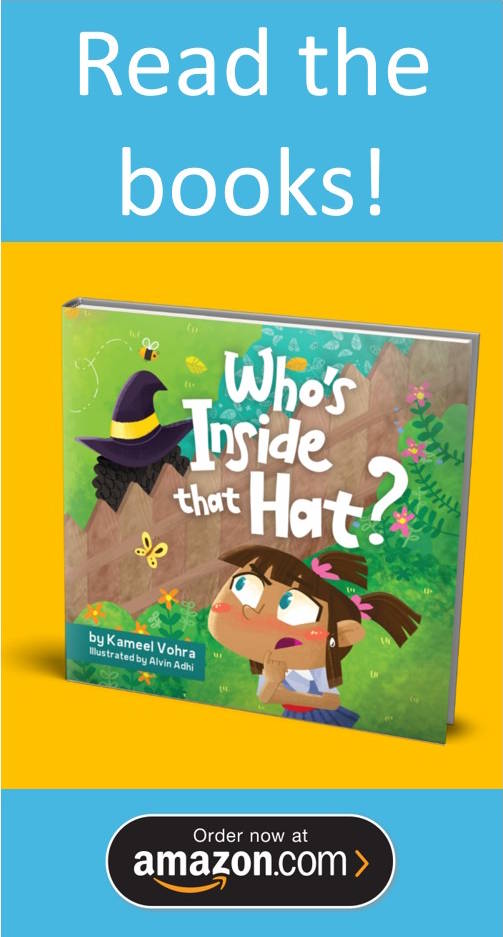Holi is Hindu festival that celebrates the arrival of spring, and the victory of good over evil. It’s a two day celebration in February/March. Similar to Chinese New Year it follows the lunar calendar – falling on the last full moon of the last (Hindu) lunar month. It’s one of the most widely known Indian festivals, and is incredibly fun to participate in, or to play at home. This is a great festival to catch if you’re planning a holiday to India – just remember to take clothes you won’t be wearing again!
Where does Holi come from? What’s the story behind Holi?
Day 1: Good conquers evil & Summer Harvests

The origin of Holi dates back to ancient Hindu mythology. Once upon a time there was a king named Hiranyakashipu who was very powerful but also very cruel. He wanted everyone to worship him instead of the gods, but his own son Prahlad refused to do so, instead he worshipped Vishnu. The king became very angry and decided to punish his son by burning him alive. The king’s sister, Holika, had powers that made her immune to fire. So she convinced Prahlad to go into the fire, thinking that he’d burn to death. Vishnu wanted to protect his followers, so he saved Prahlad from the fire, and took away Holika’s power, so she burned instead.
To celebrate, on the first night of Holi, people light bonfires and throw grains and popcorn into the fire. This is called Holika Dahan, it signifies the destruction of evil.
Day 2: Celebration of love, friendship and equality

Where do the colors and water play come in? The story is that a young god called Krishna loved Radha, who was the goddess of love and devotion. Krishna had blue skin, and asked his mother why his skin was so different from Radha. She playfully suggested that he could change Radha’s skin, to any color by throwing different colors on her face. Krishna took this suggestion and went around the village, smearing different colors on Radha’s face until they both looked alike. This act of playful love and affection between Radha and Krishna has now become a tradition of the Holi festival, which is also known as the Festival of Love.
Which is why, on the second day of Holi, people of all ages play by throwing bright powdered colors, and water balloons at each other. This is called “playing Holi”. It’s so popular that the streets are full of people playing. Schools are of course closed. There’s music, singing, dancing and lots of traditional sweets are served. Most people wear white clothes and expect to get completely drenched & covered in colors. The colors usually don’t come out of your clothes, and you can expect your hair to be dyed for a while! This is such a popular festival that it’s played across the world.
In India, kids will often ambush unassuming strangers on the street with water balloons and colors. It’s not considered unusual or offensive. If you don’t want to play, don’t go outside!
What do the various colors mean?
Holi was traditionally played with primary colors, sourced from different flowers and herbs, and each with a different meaning.
- Red, the same color worn by brides, symbolizes love and fertility.
- Yellow, is a color of knowledge, learning and wisdom.
- Blue represents the color of Krishna’s face, the sky and oceans.
- Green represents nature, spring and new beginnings.
Today it’s played with a wider range of bright colors, but two colors remain absent, White & Black. White because it’s the color of mourning, and Black because it’s used to ward of evil.
What traditional foods are served on Holi?
Holi parties are synonymous with Indian street snacks. Quick and tasty foods that keep your energy high. Some of the most common foods you’ll find are Pakore, Dahi Balle, Gujiya, Chaat (any number of the different types). All of which would be served with Lassi or fresh lime soda.
(I’ve included recipes links for the one’s that are easiest to make at home)
How do you wish someone Happy Holi?
Spread a little color on their face and say “Happy Holi”. Or go the whole hog, and play Holi at home (in your garden) with them. It’s really simple and a lot of fun for the whole family. Remember to buy non-toxic colors, keep a bucket of water balloons and squirt guns ready to go. Have fun!


